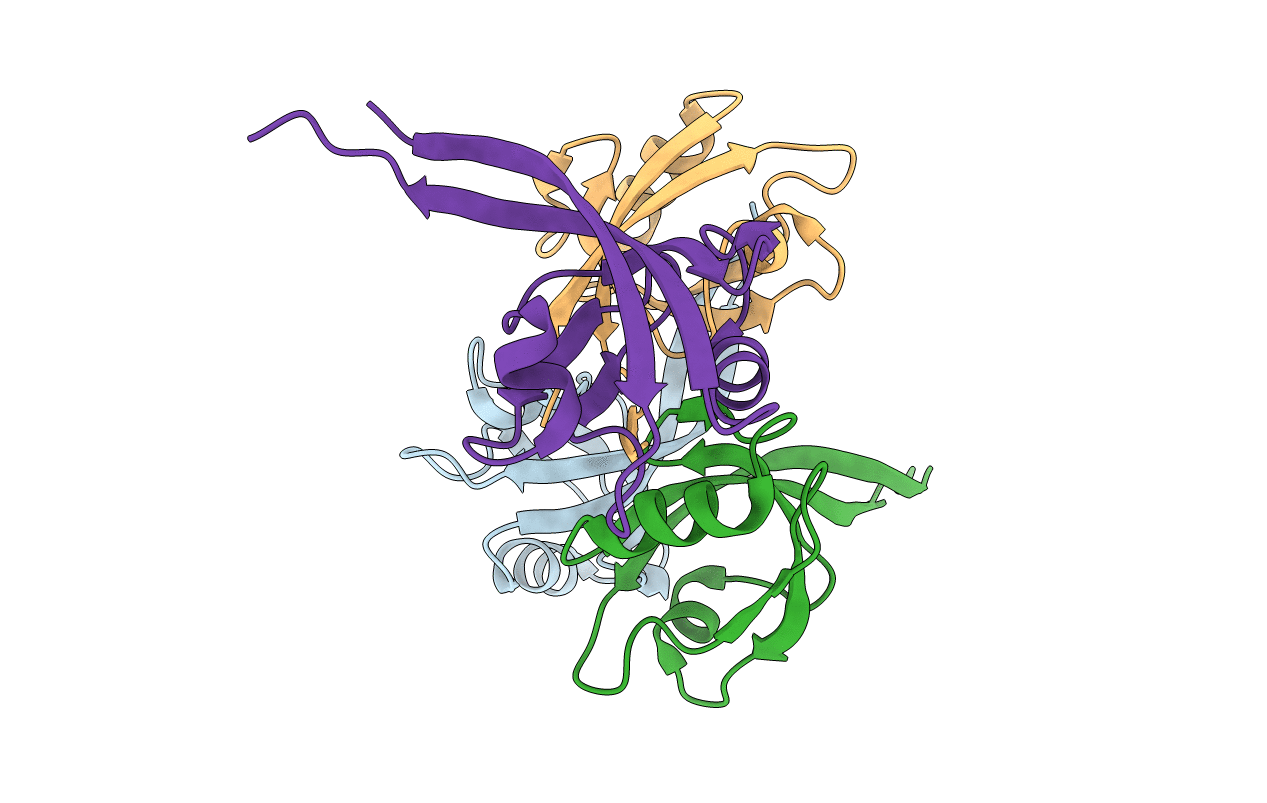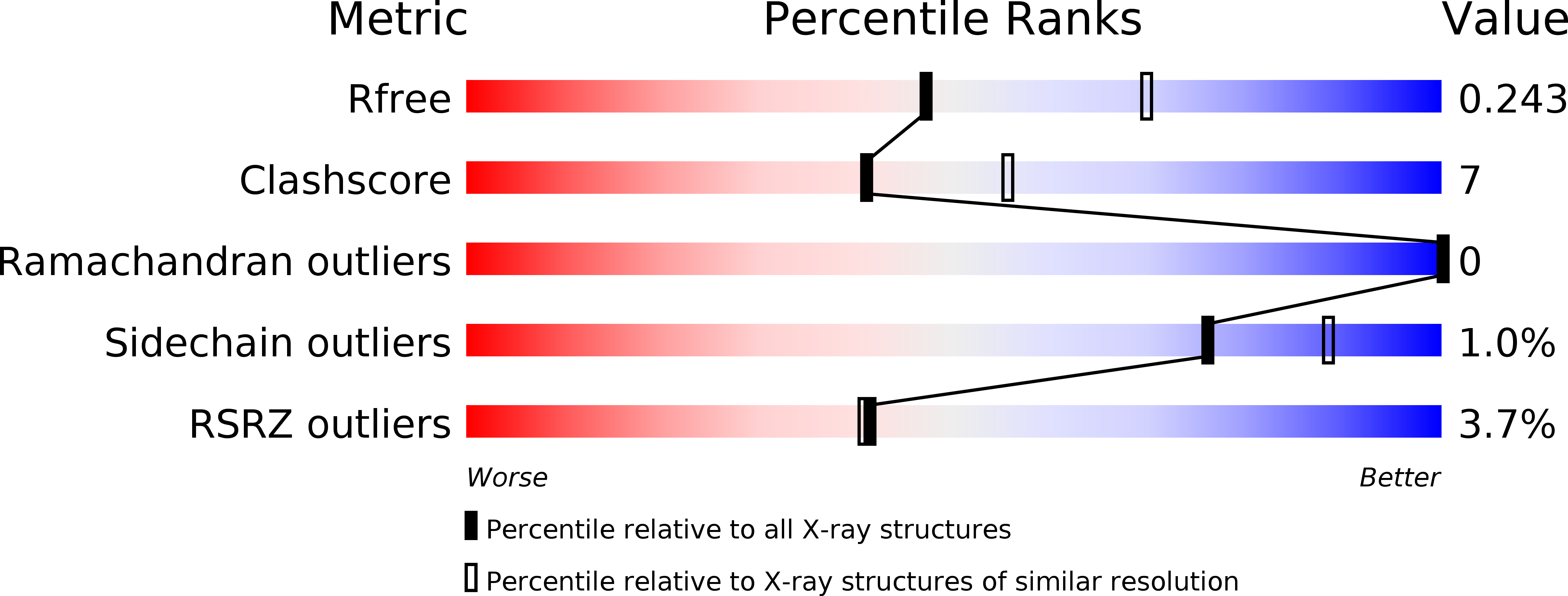
Deposition Date
2016-11-21
Release Date
2017-02-22
Last Version Date
2024-11-13
Entry Detail
PDB ID:
5TYT
Keywords:
Title:
Crystal Structure of the PDZ domain of RhoGEF bound to CXCR2 C-terminal peptide
Biological Source:
Source Organism:
Homo sapiens (Taxon ID: 9606)
Host Organism:
Method Details:
Experimental Method:
Resolution:
2.40 Å
R-Value Free:
0.24
R-Value Work:
0.20
R-Value Observed:
0.20
Space Group:
C 2 2 21


